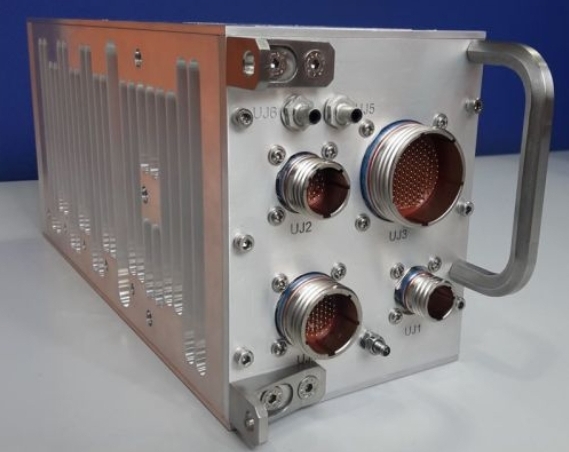SOURCE: RAUNAK KUNDE / NEWS BEAT / IDRW.ORG

In a strategic move to enhance the combat capabilities and reliability of the Indian Air Force’s (IAF) Su-30MKI fleet, Hindustan Aeronautics Limited (HAL), in collaboration with the original equipment manufacturer (OEM) in Russia, is set to undertake an ambitious upgrade program. Dubbed the “Super Sukhoi” project, the modernization will encompass various critical system upgrades, including a significant overhaul of the fly-by-wire (FBW) system, which has been identified as a crucial area for improvement.
This step comes a decade after former Chief of the Air Staff, Air Chief Marshal N.A.K. Browne, highlighted a “design flaw” in the Su-30MKI’s FBW system. In 2012, Air Chief Marshal Browne raised concerns about the FBW issue and noted that this problem had been escalated to the design agency in Russia. The enhancement of the FBW system in the Super Sukhoi configuration aims to rectify these issues, improve reliability, and enable advanced combat capabilities.
The Su-30MKI, India’s air superiority fighter jointly developed by HAL and Russia’s Sukhoi Design Bureau, boasts an agile aerodynamic structure with a unique longitudinally unstable tri-plane design. This unstable platform, while enhancing manoeuvrability and agility, requires a sophisticated FBW system to control the aircraft. The computer-controlled FBW enables the aircraft to execute complex aerial manoeuvres, such as high-speed turns and precision dogfighting techniques, that would be impossible with conventional control systems.
The Su-30MKI’s FBW system includes quadruple redundancy, ensuring that the aircraft remains operational and safe even if a single channel in the system fails. If one channel malfunctions, the system automatically disengages it and alerts the crew, allowing them to take corrective measures. In most cases, such as a level-1 failure, the malfunction does not affect the mission. However, level-2 and level-3 failures are more severe. A level-2 failure may require immediate diversion to the nearest airfield, while a level-3 failure could lead to catastrophic consequences if not quickly rectified. Though the probability of a complete failure is minimal, the IAF’s concerns led to the current initiative to further strengthen the FBW system.
NOTE : Article cannot be reproduced without written permission of idrw.org in any form even for YouTube Videos to avoid Copy right strikes. Websites doing illegal reproductions will get DMCA and Legal Notices.